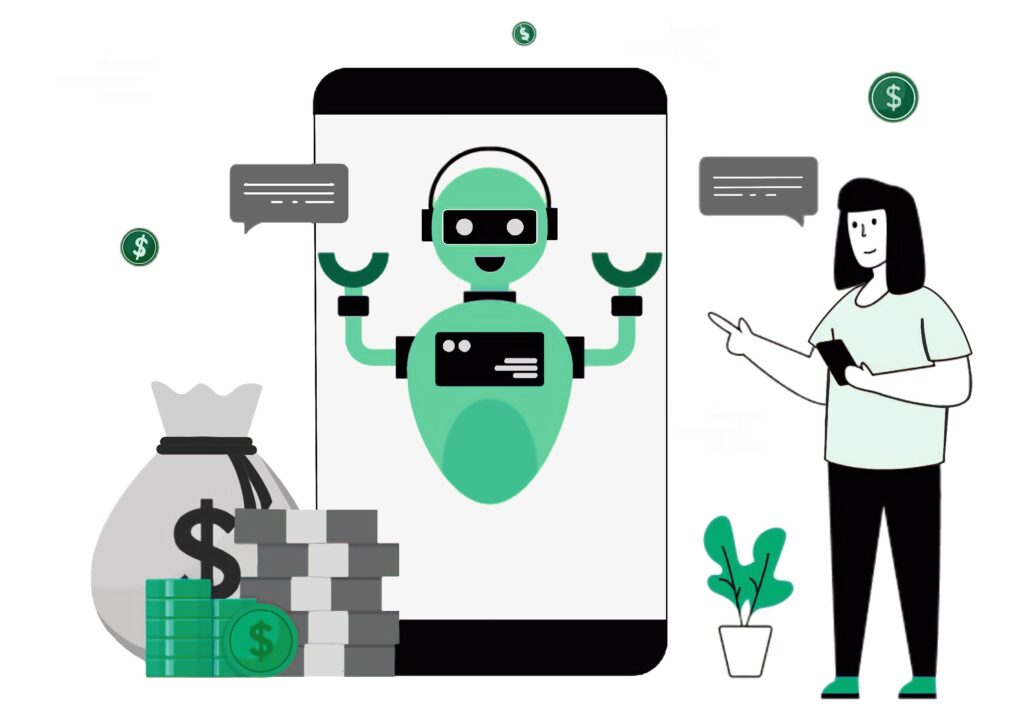
In the banking and financial services industry, where interactions may be urgent and require a degree of emotional nuance, it’s important to provide customers with customer service that is helpful and available whenever and wherever they need them. Given that this can be tough to scale with human resources, many institutions have turned to chatbots to help support their customer service.
However, as with any technology, it’s important to keep in mind that these bots can both help and harm your reputation with customers. So how do you do it right? We recommend a few key pillars to help ensure your chatbot can assist customers both in the way they need and in a way the bot can succeed.
3 Key Pillars to Creating a Successful Banking Bot
1. Focus on straightforward tasks
In general, chatbots are helpful when the task they are asked to handle can be easily interpreted and accessed by technology. For example, something like “what’s my account balance” is very straightforward. (There may need to be an authentication moment and potentially a clarification of which account if the customer has more than one, but generally, this is a task that is well-understood by a bot and has data that is easily accessible by most back-ends to pull and provide.)
A customer request like “what should I invest in today” requires more nuance and interpretation of data than most chatbot systems can provide today (and many banking legal teams would not feel comfortable broaching that kind of topic in a bot). For a question like this, it’s worth forwarding the request directly to a human, who may have more experience, context, and knowledge to appropriately answer that question for the specific customer asking it.
And that leads right into our second tip…
2. Have a human option at the ready
One thing many customers detest is getting caught in a loop that they can’t get out of, particularly when they can’t successfully complete their task in said loop. Think about being on a phone call with an automated system. Perhaps you were calling specifically because you wanted to talk things through with someone. The nature of your call may be pretty straightforward or it might be nuanced, but if you called, it’s because you needed someone to talk it through.
In the context of banking, oftentimes customers call because the stakes feel – and may actually be – high, and the heightened emotions from those stakes require a human’s involvement. Allowing customers the option to access a human in that channel and interaction (whether it’s a chat or phone call), particularly if their question is not resolvable by the system because it’s more complex or because the system isn’t parsing them well, is crucial to people feeling like the institution actually cares about resolving their issue.
So don’t kick them over to a phone call if they’re in a chat, and don’t make them run into five error messages before you offer the transfer to a human. Consider the optimal experience for that user in that heightened state, and give them options to resolve their problem both in the channel they’re in and with the expedience that the presence of a bot suggests.
3. Don’t get cute
Speaking of heightened emotional states and high stakes, something your customers are almost never going to have patience for in this context is joking, cutesy language, or overly personifying your bot. Some actionable personality traits are important. For example, is this bot a subservient assistant relying on the human for all inputs and directives, or is it an expert who proactively offers guidance at the risk of “knowing more” than the human it’s serving?
However, doling out a tidbit like the bot’s favorite Victorian author is not helpful in the context of someone trying to access account information. Keep the cutesy bits to yourself and keep the dialog focused and concise.
Banking Chatbots in Real Life
While we’ve worked on creating banking bots, our NDAs prevent us from discussing the details publicly. That said, there are some excellent bots in the financial field, and we’re fans of these two in particular: Eno at Capital One and Erica at Bank of America.
Both of these chatbots do a good job of processing customers’ requests and handling the simple tasks that they’re designed to do.
Eno from Capital One
Eno is focused around security measures, such as spending habits outside of the norm, as well as sharing useful insights on ways to reduce spending.
Overall, this chatbot mimics a privacy and fraud outreach service and successfully rides the line of feeling personable and not robotic. Eno is available across a range of channels, including mobile apps, desktop web browsers, email, smartwatches, text messages, and phone push notifications.
Erica from Bank of America
Erica is billed as a powerful virtual assistant that helps you stay on top of your finances. It provides services like alerts around duplicate charges, monitoring of recurring charges and increases, and updates on monthly spending.
This chatbot provides a lot of strategic value, even suggesting personalized tactics for BoA customers to improve their finances – but notably, Erica also includes an option to refer users to a specialist.
Getting the Financial Conversation Started
Quality chatbots can serve your customers while also saving your employees valuable time by removing the need for them to address repetitive queries, so they can focus on high-value interactions instead. But remember, current chatbots aren’t designed to replace human agents – rather, offload and scale straightforward tasks and requests and provide your customers with around-the-clock service.
Fortunately, at Grand Studio, our team includes one of the foremost experts on conversation design. That means we can help you implement one or more chatbots in your financial business to boost customer engagement, improve retention, and grow your bottom line.
Want to learn how Grand Studio can help with your next project and build clarity out of complexity?
We’re here to help!
